Leather Vs. Faux Leather

by
Laya Cusano
(IC: homeowner)
We understand that some people would cringe at thethought of animal skin gracing their homes but there is an alternative: fauxleather.
As a 20th century invention that is espousedby animal rights activists and environmentalists, faux, synthetic, orartificial leather seems to be the solution to cow hides. Originally intendedas upholstery, faux leather has stepped out the living room and into wardrobesand fashion runways.
From the point of view of ethics, faux leather scoreshigh but how does it compare with real 100 % leather?
Different Types of Faux Leather
Faux leather can be classified into two types, polyvinylchloride (PVC) and polyurethane (PU). While both look quite similar on thesurface, the two vary greatly on characteristics and production methods.
First, PVC, in contrast to PU, does not breathe. Meaningmoisture can’t move back and forth through the material. Second, PU is softer,stronger, and more pliable than PVC and it is thus favored as a worthysubstitute for leather upholstery and clothing.
Leather and Faux Leather: The Pros and Cons
Where leather creates an elegant and glamorous look, theobvious advantage that faux leather has is that it doesn’t harm animals, butthere are other benefits to PU products as well.
Eco-friendly. While chemicals used in the manufacture of PVC arehealth hazards, PU – on the other hand, only uses cotton or polyester and acoating of polymer. Meanwhile, leather production consumes toxic chemicals fordyeing and preserving the material. The carbon footprint left by the cattleindustry on the planet should also be taken into account. However, leatheraficionados counter argue that it makes use of a by-product of the beefindustry- and giving up on leather would lead to further waste.
Durability. Compared to the real stuff, fake leather does not dry,turn brittle, and crack. The material is also immune to UV rays sodiscoloration will never occur.
Versatility. Production is coming up with fake leather in variouscolors and styles. This wide range of options has allowed for more interiordecorating freedom.
Less Maintenance. PU requires no complicated cleaning procedures; all ittakes is a damp cloth. Care for leather is a tad fussy. To avoid dryness andlosing its lustre, leather must be cleaned with moisturizing soap and thencoated with linseed oil.
Affordable. One of faux leather’s stronger points is that it ischeaper than real leather.
Now the cons,
It does not have the same qualities as leather. Apart from theapparent physical differences, fake leather (PVC, mostly) does not breathe. Thepatina that develops on leather, and one that gives it character and charm, isnot present in faux leather.
Does not age well. Faux leather may be glossy and smart at firstbut overtime it will lose its lustre. Leather, in the meantime, can survive forgenerations. This trait is what makes leather desirable.
We cannot fully endorse a specific material since thereare many variables to consider. Each has its strong set of advantages makingthe choice difficult. In the end, styling preferences, budget constraints, andethics play a part so the choice is entirely personal.
As a 20th century invention that is espousedby animal rights activists and environmentalists, faux, synthetic, orartificial leather seems to be the solution to cow hides. Originally intendedas upholstery, faux leather has stepped out the living room and into wardrobesand fashion runways.
From the point of view of ethics, faux leather scoreshigh but how does it compare with real 100 % leather?
Different Types of Faux Leather
Faux leather can be classified into two types, polyvinylchloride (PVC) and polyurethane (PU). While both look quite similar on thesurface, the two vary greatly on characteristics and production methods.
First, PVC, in contrast to PU, does not breathe. Meaningmoisture can’t move back and forth through the material. Second, PU is softer,stronger, and more pliable than PVC and it is thus favored as a worthysubstitute for leather upholstery and clothing.
Leather and Faux Leather: The Pros and Cons
Where leather creates an elegant and glamorous look, theobvious advantage that faux leather has is that it doesn’t harm animals, butthere are other benefits to PU products as well.
Eco-friendly. While chemicals used in the manufacture of PVC arehealth hazards, PU – on the other hand, only uses cotton or polyester and acoating of polymer. Meanwhile, leather production consumes toxic chemicals fordyeing and preserving the material. The carbon footprint left by the cattleindustry on the planet should also be taken into account. However, leatheraficionados counter argue that it makes use of a by-product of the beefindustry- and giving up on leather would lead to further waste.
Durability. Compared to the real stuff, fake leather does not dry,turn brittle, and crack. The material is also immune to UV rays sodiscoloration will never occur.
Versatility. Production is coming up with fake leather in variouscolors and styles. This wide range of options has allowed for more interiordecorating freedom.
Less Maintenance. PU requires no complicated cleaning procedures; all ittakes is a damp cloth. Care for leather is a tad fussy. To avoid dryness andlosing its lustre, leather must be cleaned with moisturizing soap and thencoated with linseed oil.
Affordable. One of faux leather’s stronger points is that it ischeaper than real leather.
Now the cons,
It does not have the same qualities as leather. Apart from theapparent physical differences, fake leather (PVC, mostly) does not breathe. Thepatina that develops on leather, and one that gives it character and charm, isnot present in faux leather.
Does not age well. Faux leather may be glossy and smart at firstbut overtime it will lose its lustre. Leather, in the meantime, can survive forgenerations. This trait is what makes leather desirable.
We cannot fully endorse a specific material since thereare many variables to consider. Each has its strong set of advantages makingthe choice difficult. In the end, styling preferences, budget constraints, andethics play a part so the choice is entirely personal.
Enjoyed the project?
Published March 6th, 2014 11:15 AM



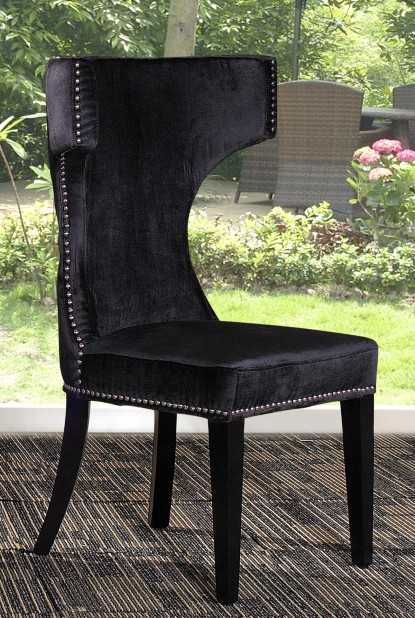
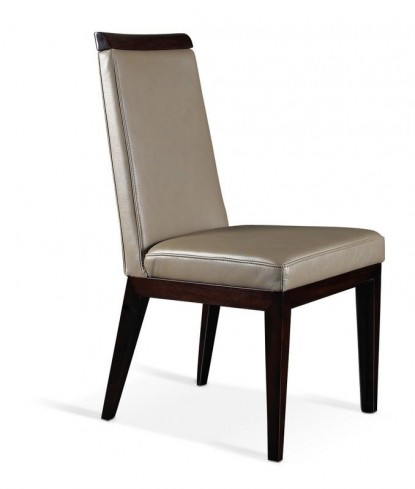
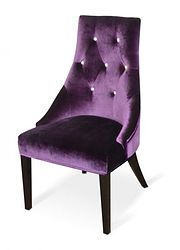
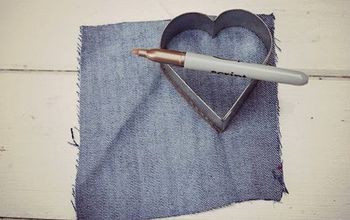
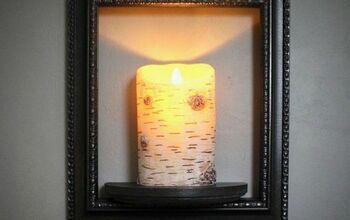



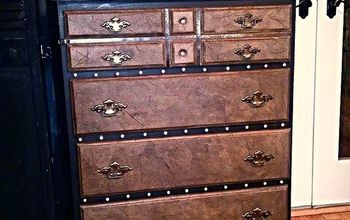
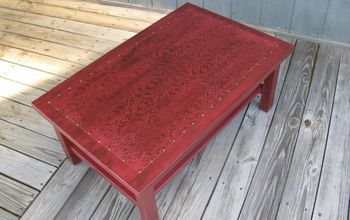






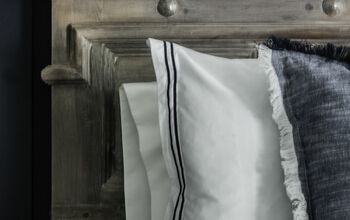
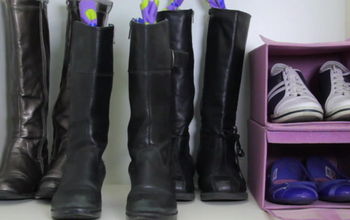
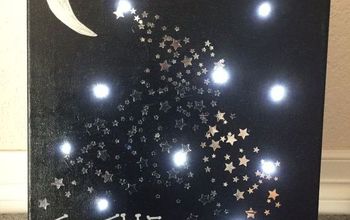

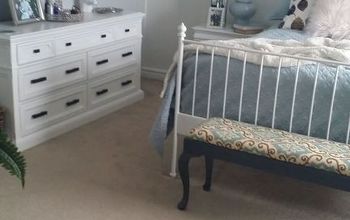

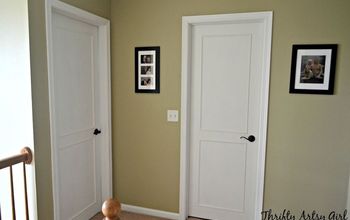
Frequently asked questions
Have a question about this project?